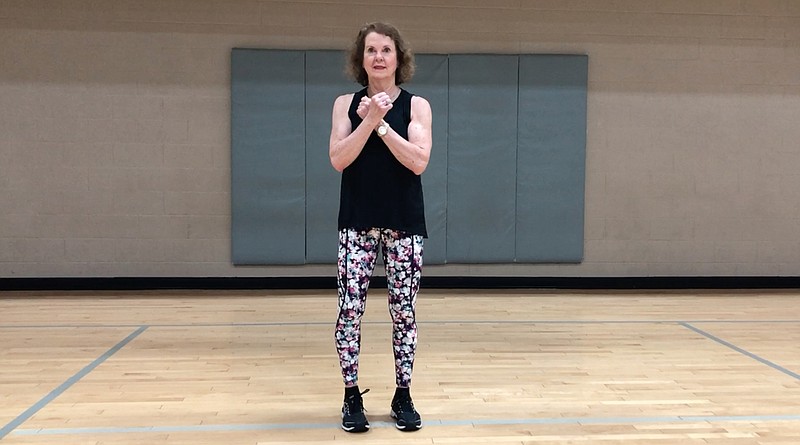Strength training technique has evolved significantly over the last 20 years. Research and technology advancements have expanded options for fitness enthusiasts to explore their limits. This week, I will discuss one of the more important advancements in recent years — the idea of dynamic strength training.
Back in the '70s and '80s, fitness experts recommended strength training be performed in a very controlled way that might reduce the risk of injury. Following these recommendations, people strapped themselves into machines that severely limited any additional range of motion outside of the safest path for the target joint.
A traditional leg extension machine is a good example of this concept, as the user can only flex and extend the knee joint.
As functional training became popular in the '90s, exercisers began to experiment. Scientists and fitness professionals began to see the benefits of training for strength in a more dynamic way, one that mirrored everyday life.
These days, dynamic training has become so popular that many fitness centers are replacing their massive, iron strength machines in favor of wide-open spaces. Strength training is performed while moving one's body using an athletic, functional technique. It's a fantastic evolution that I fully support, and one that will likely attract more people toward healthy lifestyles.
Dynamic strength training is more fun, more effective and easier to perform without expensive equipment. The key is to embrace total body movement to retain flexibility and agility and without building bulk.
These exercises are often prescribed in "seconds performed" as opposed to "repetitions," because it is more difficult to define what a repetition actually is.
This week's exercise is a great example of a dynamic strength-training movement that is based on a traditional favorite. The Transverse Squat challenges the entire lower body while integrating a movement pattern that mirrors everyday life. It's appropriate for all fitness levels and can be done with or without added resistance.
1. Stand with your feet just beyond shoulder width apart.
2. Bend the knees slightly.
3. Pivot on your left foot to bring the right foot about 2 feet behind you (think of a basketball player pivoting on one foot).
4. Once you set the right foot down, perform a squat by bending the hips and knees.
5. Stand up, then pivot back to the starting position.
6. Do the same process by pivoting on the right foot and moving the left foot back.
7. Continue alternating sides until you have done 10 on each.
8. Do two sets of 10 on each side.
Unlike a traditional squat, the Transverse Squat challenges one to change foot positions throughout the set. The dynamic nature of the exercise creates better balance, functional strength and a strong movement pattern that is perfect for developing real-world stability. So, let's get to work!
Matt Parrott has a doctorate in education (sport studies) and a master's in kinesiology and is certified by the American College of Sports Medicine.

